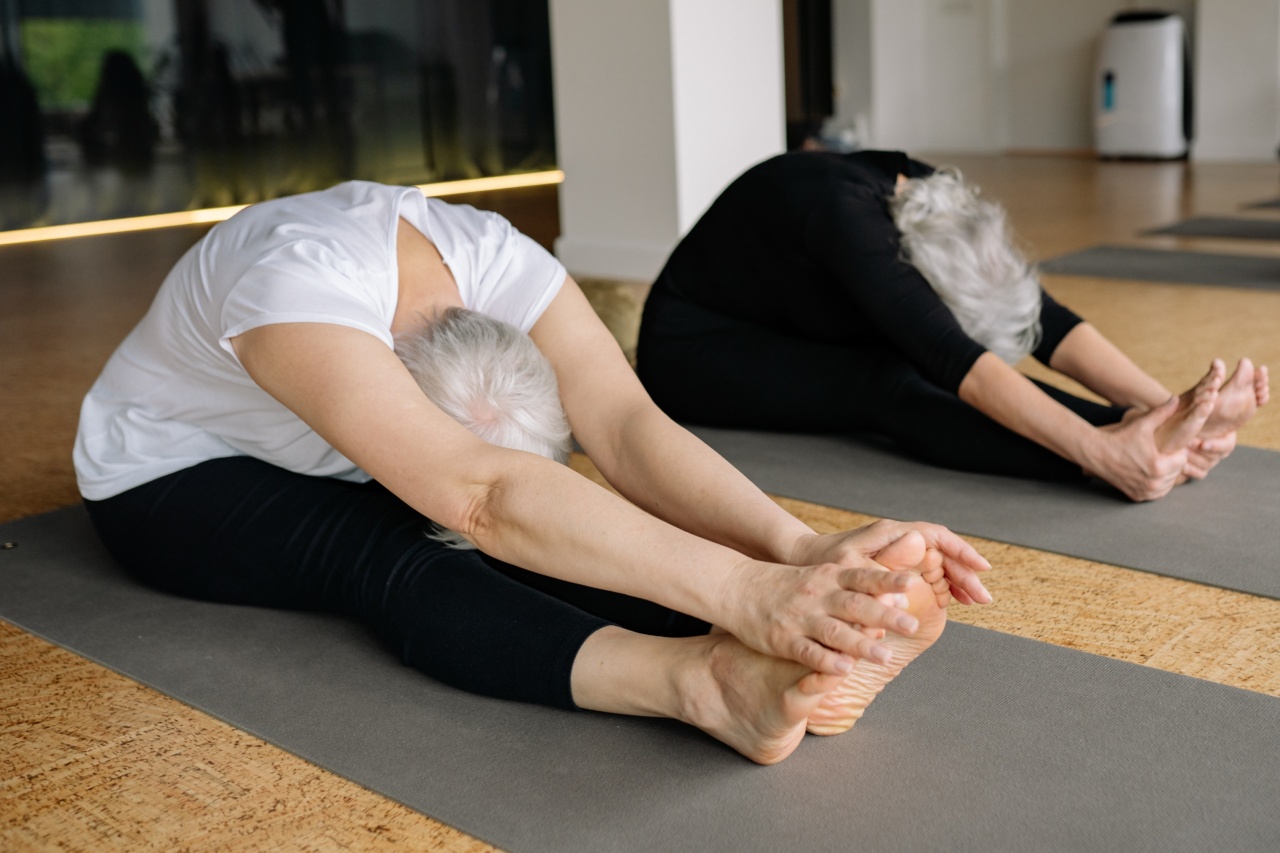Having a baby is a significant life event that brings about numerous physical and emotional changes.
And while it may be tempting to jump right back into your pre-pregnancy exercise routine, it’s important to approach postpartum exercise with caution. Your body undergoes a lot during pregnancy and childbirth, and it needs time to heal and recover properly. Here are some essential do’s and don’ts to keep in mind when it comes to postpartum exercise.
Do: Consult with your healthcare provider
Before starting any exercise regimen after giving birth, it’s crucial to consult with your healthcare provider.
They will be able to assess your individual situation and provide guidance based on factors such as your delivery method, any complications experienced during childbirth, and your overall health. Your healthcare provider will also be able to tell you when it’s safe to start exercising and what types of exercises are appropriate for you.
Don’t: Rush into high-intensity workouts
While you may be eager to shed those pregnancy pounds quickly, it’s vital not to rush into high-intensity workouts right away. Your body needs time to recover, especially if you had a c-section or experienced any complications during childbirth.
Start with gentle exercises such as walking or gentle stretching and gradually increase the intensity as your body becomes stronger.
Do: Start with pelvic floor exercises
The pelvic floor muscles undergo significant strain during pregnancy and childbirth. Starting with pelvic floor exercises, like Kegels, can help in the recovery process.
These exercises strengthen the pelvic floor muscles, which can become weakened due to pregnancy and childbirth. Strong pelvic floor muscles are essential for bladder control and overall core strength.
Don’t: Ignore warning signs
As you resume exercise after giving birth, it’s crucial to pay attention to any warning signs your body may be giving you.
If something doesn’t feel right, such as pain, dizziness, or bleeding, it’s essential to stop exercising and consult with your healthcare provider. Ignoring these warning signs can lead to further complications and delay your recovery.
Do: Focus on gentle core exercises
Your core muscles, including your abdominal and back muscles, go through significant changes during pregnancy. Engaging in gentle core exercises, such as gentle abdominal contractions or modified planks, can help rebuild strength and stability.
Avoid traditional abdominal exercises like sit-ups or crunches in the early postpartum period, as they may put excessive strain on your weakened abdominal muscles.
Don’t: Compare yourself to others
It’s important to remember that every woman’s postpartum journey is unique. Avoid comparing yourself to other new moms or feeling pressured to achieve a certain level of fitness within a specific timeframe.
Listen to your body and progress at a pace that feels comfortable for you. Remember, your body has just been through a significant transformation, and it’s entirely normal for the recovery process to take time.
Do: Stay hydrated
Staying hydrated is crucial both during pregnancy and the postpartum period. Make sure to drink plenty of water before, during, and after exercise to prevent dehydration.
Breastfeeding moms require even more fluids, as breastfeeding can increase your fluid needs. Proper hydration supports overall health and aids in postpartum recovery.
Don’t: Overdo it
While exercise is essential for your physical and emotional well-being, overdoing it can be detrimental to your postpartum recovery. Pushing yourself too hard too soon can lead to injury or delay the healing process.
Remember that your body is still healing, and it’s essential to give yourself time to gradually increase the intensity and duration of your workouts.
Do: Include strength training
Incorporating strength training exercises into your postpartum fitness routine can be highly beneficial. Strengthening your muscles not only helps you regain lost muscle tone but also supports your overall posture and stability.
However, start with light weights or resistance bands and focus on exercises that engage multiple muscle groups to avoid strain or injury. Work with a certified trainer or postpartum exercise specialist who can guide you through appropriate strength training exercises.
Don’t: Forget to warm up and cool down
Just like during pregnancy, warming up and cooling down are essential components of a safe exercise routine postpartum. Before starting your workout, spend a few minutes doing gentle exercises to warm up your muscles.
Afterward, don’t forget to cool down with some gentle stretches. Gradually increasing and decreasing your heart rate helps prevent muscle soreness and minimizes the risk of injury.





























